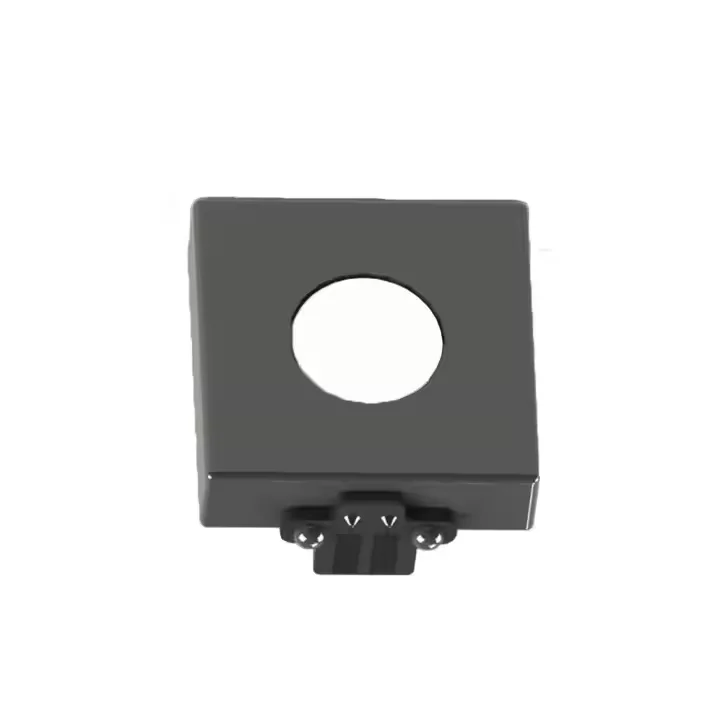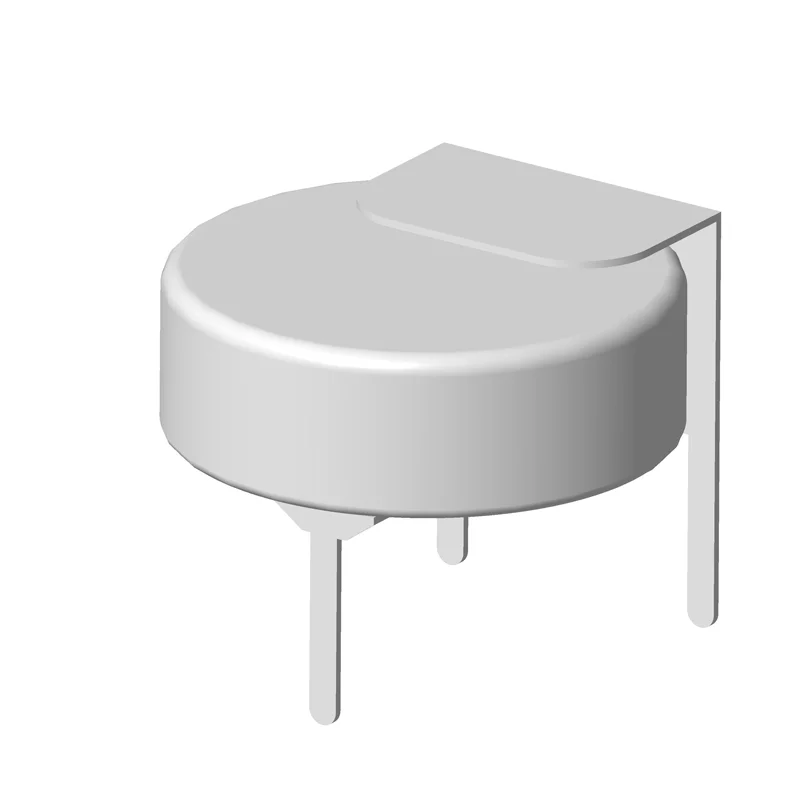- This topic is empty.
-
AuthorPosts
-
2025-07-22 at 4:13 pm #4041
1. Introduction
A hydrogen sulfide sensor is a vital instrument used to detect toxic H₂S gas in workplaces, environmental monitoring, and industrial settings. Understanding what a hydrogen sulfide sensor is and how it works not only brings peace of mind to workers but also prevents costly environmental incidents. In this article, we'll break it down in simple, practical terms—and introduce how Shenzhen ProSense Technology Co., Ltd. is making this technology more accessible and reliable.
2. What Is a Hydrogen Sulfide Sensor?
At its core, a hydrogen sulfide sensor is a device that measures H₂S concentrations in air. Hydrogen sulfide is a colorless gas with a rotten-egg smell, toxic even at low levels. Sensors protect workers in oil and gas, wastewater treatment, and chemical industries.
Shenzhen ProSense Technology Co., Ltd., founded in 2015, is a prominent gas-sensing solution provider. Their extensive portfolio includes hydrogen sulfide sensors (like their PS‑H2S‑100, PS0‑H2S‑5000, and FC‑H2S‑100 models), illustrating their commitment to robust, industry-ready H₂S detection.

3. Why We Need Hydrogen Sulfide Detection
-
Health risks: Even concentrations as low as 10 ppm cause eye irritation, and 100 ppm or more can be immediately dangerous to life.
-
Safety regulations: OSHA, EPA, and other agencies require continuous H₂S monitoring in certain industries.
-
Environmental protection: Leaks can harm local ecosystems and create bad PR—and maybe worse.
A reliable sensor is a frontline tool in safety strategy.
4. Types of Hydrogen Sulfide Sensors
Hydrogen sulfide sensors vary in operation method, features, and application. The most common types include:
4.1 Electrochemical Sensors
These use a chemical reaction between H₂S and electrodes to generate a current signal proportional to concentration. ProSense’s FC series (FC‑H2S‑100, FC‑H2S‑2, etc.) exemplifies this—they offer zero power consumption, selective detection, fast response, and long life.
4.2 Fuel-Cell Based Modules
The PS‑H2S‑100 and PS0‑H2S‑5000 modules from ProSense employ micro fuel-cell technology. They produce a current as H₂S oxidizes across electrodes—no external power supply needed and capable of accurate low-level detection.
4.3 Other types
Some H₂S sensors use infrared or semiconductor principles, though electrochemical and fuel-cell types dominate for their affordability, sensitivity, and low power needs.

5. How a Hydrogen Sulfide Sensor Works
Let’s simplify the process behind these sensors:
-
Diffusion or permeation: H₂S molecules enter the sensing chamber passively.
-
Chemical reaction: Inside, the gas either oxidizes at the anode (electric current is produced) or passes through a catalyst (fuel-cell style).
-
Signal conversion: The generated electrical current is proportional to H₂S concentration.
-
Electronic amplification: A circuit amplifies and converts the current to a readable output (voltage, digital signal).
-
Calibration and output: Sensor calibration ensures accurate, real-world readings. Many ProSense sensors come pre-calibrated or with long-term stability features.
6. Why Choose ProSense Hydrogen Sulfide Sensors
Shenzhen ProSense Technology stands out for several reasons:
-
Broadest product range: Over 100 sensor types in their lineup—all major gas categories covered, including H₂S .
-
Fuel-cell & electrochemical options: They offer both PS‑H2S and FC‑H2S series, catering to different application needs.
-
Built for industrial conditions: Many models boast fast response, zero power draw, and long service life.
-
R&D and quality: With dozens of patents and ISO9001:2015 certification, ProSense invests heavily in sensor integrity.
7. Practical Application Tips
-
Choose the right model by expected H₂S level and necessary response time.
-
Calibrate regularly—even long-life sensors drift over time.
-
Protect from harsh environments: moisture, dust, and solvents can shorten sensor life.
-
Monitor power consumption: zero-power models suit battery-powered or remote setups.
-
Integrate into systems: ProSense sensors often support easy integration with industrial controllers, alarms, and IoT platforms.
8. Real-World Example: Wastewater Treatment Plant
A municipal treatment plant in Shenzhen replaced old H₂S monitors with ProSense FC‑H2S‑100 modules. They saw:
-
Instant alerts for leaks
-
Stable readings over 12 months
-
Lower maintenance thanks to durable, zero-power sensors
The result? Safer workers, smooth compliance, and clear environmental protection.
9. Limitations & Considerations
-
Sensor cross-sensitivity: Though fuel-cell and electrochemical types are selective, interference gases may still affect accuracy—review specs before choosing.
-
Environmental limits: Extreme temperature or humidity can shorten sensor life.
-
Calibration needs: Despite long life, an annual or bi-annual check is recommended.
10. Future Trends in H₂S Sensing
-
IoT-connectivity: Expect wireless, real-time cloud monitoring.
-
Miniaturization: Fuel-cell tech is getting smaller—suitable for wearables or drones.
-
Self-calibration: Onboard auto-calibration will ease maintenance.
ProSense is already exploring smart city and smart industry sensor modules—so expect to see these features soon .
Conclusion
A hydrogen sulfide sensor is your first line of defense against toxic H₂S, translating unseen danger into clear data and alarms. Shenzhen ProSense Technology Co., Ltd. offers a wide range of reliable, zero-power, long-life H₂S sensors—from FC‑H2S electrochemical models to fuel-cell-based PS‑H2S modules—backed by strong R&D and quality controls. Whether you're in industrial safety, wastewater treatment, or smart city development, knowing what a hydrogen sulfide sensor is and how it works helps you make smarter, safer choices.
For the most accurate detection and peace of mind, choose a sensor you can trust—choose ProSense.
http://www.cnprosense.com
Shenzhen ProSense Technology Co., Ltd. -
-
AuthorPosts
- You must be logged in to reply to this topic.
